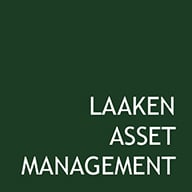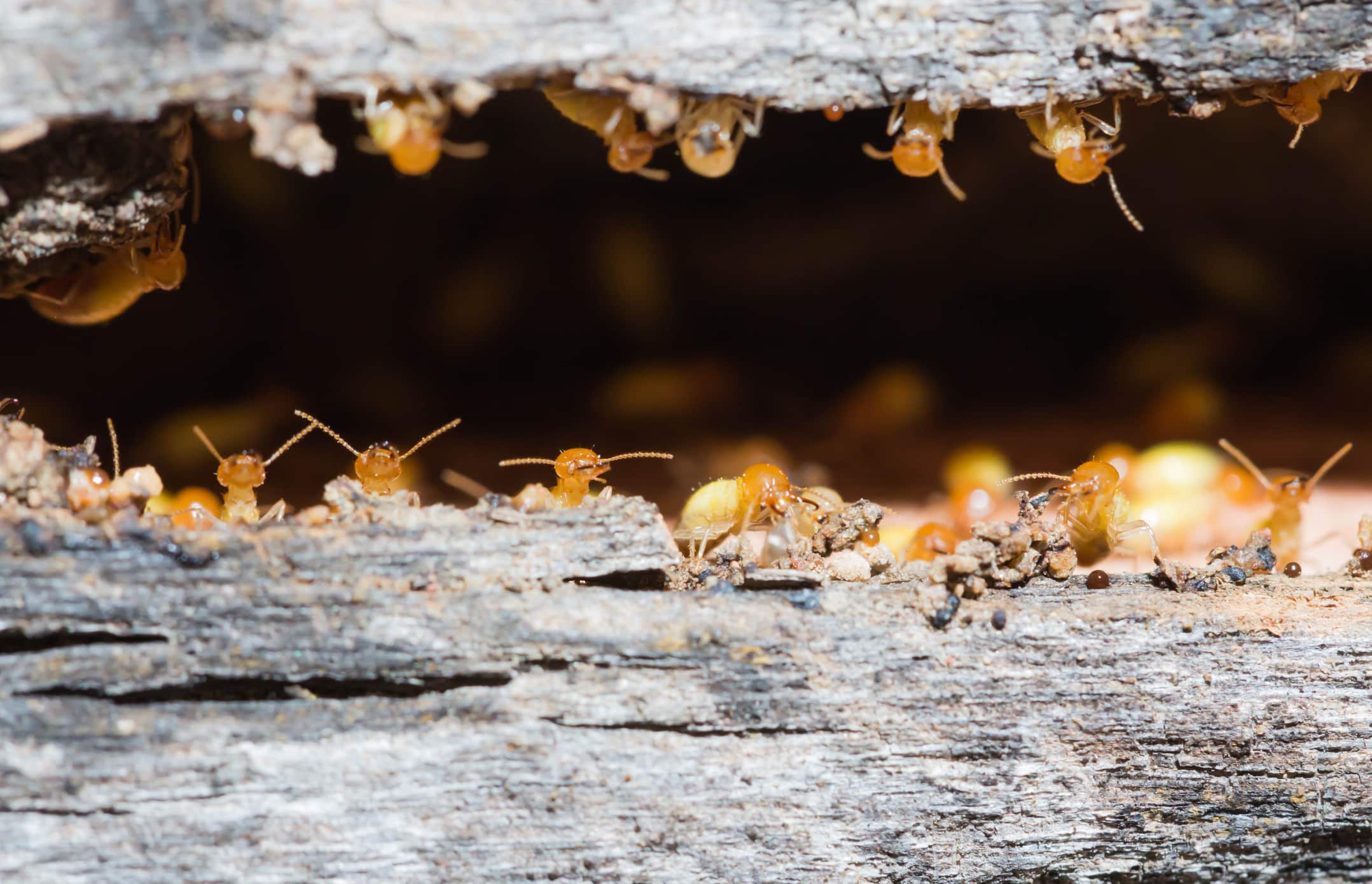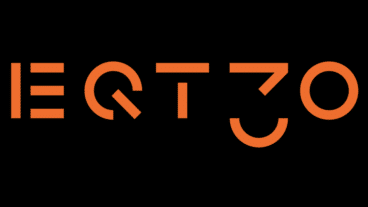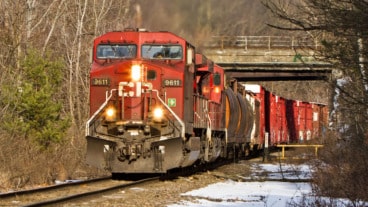Segments
RTO generates stable revenue mainly from two segments:
- Pest Control (75% of total revenue): RTO provides pest and termite control services to businesses and consumers. 64% of contracts are automatically renewed after one year. An average contract has a term of one to three years. On average, companies have a longer contract period than consumers.
- Hygiene and Wellbeing (20% of total revenue): RTO manages the maintenance of various toiletries including air fresheners, disinfectants and paper dispensers for governments, hospitals and utilities. 90% of the contracts have an average term of three years.
Valuation
RTO expects 4-5% organic sales growth. Pest Control contributes most to this with 4.5-6.5% growth. Market growth is expected to come from higher urbanization, rising temperatures (leading to longer breeding cycles for pests) and increasing safety standards. In addition, RTO expects to gain market share from smaller players. They are the market leader in most countries in which they operate. After the merger with Terminix, they will also be the market leader in the US with 26% market share versus number two, Rollins with 18%. Historically, larger players gain market share from smaller players through economies of scale. Digitization has recently played a major role. RTO launched a portal called MyRentokil, where customers can view invoices and various analyses. Especially with commercial customers, this offers significant advantages compared to smaller suppliers. RTO also recently started supplying sensors that send real-time notifications when pests are detected. Customers can make appointments immediately strengthening customer loyalty. Within Hygiene and Wellbeing, RTO expects 4-6% revenue growth driven by stricter hygiene requirements and growth in market share. In addition to organic revenue growth, RTO aims at 2-5% growth through acquisitions of smaller players. Profitability in both segments is primarily driven by scale. There is a significant correlation between profitability and customer density. This combination of organic and acquired growth provides an expected operating profit growth of ten percent per year.
RTO converts more than 90% of net profit to free cash flow. The stock currently trades at 20x our estimated free cash flow of 2022. Investors generally give higher valuations to defensive companies. RTO’s major competitor Rollins was number one in pest control in the US until the merger. Rollins’ stock has never traded below 29x free cash flow in the past ten years (currently 47x). A likely explanation is the higher return on invested capital (ROIC) of over 28% versus 10% at RTO (before the merger with Terminix). Companies with a higher ROIC usually get higher valuations. Rollins took advantage of greater economies of scale, generating higher operating margins of ~23% (vs ~20% at RTO) and higher revenue per branch. Now that RTO has become the largest player in the US, we expect the company to benefit from new economies of scale with higher margins and a potential equity revaluation.
Risks
Terminix has claim risks from extending termite damage guarantees. Recently, there were higher-than-expected claims in Alabama from a new termite species. These claims have since been largely resolved and are less plausible for other regions.
Large-scale mergers like RTO and Terminix involve integration risks. However, we see fewer risks in this case due to RTO’s strong M&A track record and a high degree of similarity in Terminix’ operations. Among other things, RTO will combine overlapping branches and optimize the business fleet.
In both segments, RTO has raised prices by on average 2% per year. RTO and Terminix have indicated that the price increases will be higher this year given current levels of inflation. Demand from customers is relatively price inelastic (low sensitivity to price increases), due to the nature of the service.
ESG
Laaken recently started using Clarity.ai for ESG (environmental, social and governance) impact and risk analyses. This system uses machine learning to assign ESG scores to companies based on annual reports and public sources. RTO scores above average in all three ESG categories. RTO has several ESG programs, including a net-zero emissions target by 2040, various training courses for staff and a diversity program. Management and the board of directors had cut their salaries and had forgone bonuses in 2020. Finally, RTO tops Moody’s ESG rankings within “business services” and receives an AA score from MSCI.







